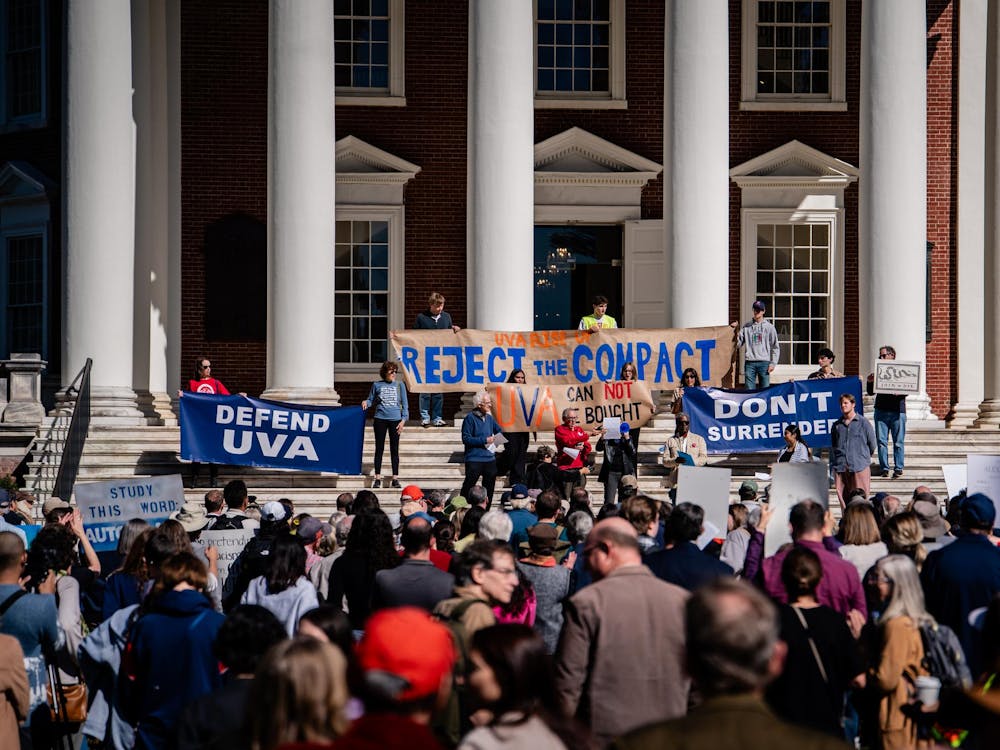YET ANOTHER federal judge has struck down the Pledge of Allegiance as unconstitutional. U.S. Judge Lawrence Karlton's decision from last week has once again become the occasion for condemnations and outrage leaders across the political spectrum. The last ruling striking down the Pledge led to the Congressional passage by wide margin of a joint resolution condemning the ruling and praising the Pledge.
This latest ruling will provide an enormous boost to the forces of social conservatism and points to a need to seriously revise the Supreme Court's confused Establishment Clause jurisprudence.
One simple fact defines the debate over the Pledge of Allegiance: Most Americans like the Pledge and believe in God. People cannot believe that such a familiar aspect of American culture could be contrary to fundamental law. The natural reaction is to blame the crazy judges in California who are making these rulings as outliers.
Yet while legal precedent is notoriously plastic and open to interpretation, the thrust of the Supreme Court Establishment Clause jurisprudence clearly points to the unconstitutionality of pledge. In 1984's Wallace v. Jaffree, striking down an Alabama "moment of silence" statute, Chief Justice Warren Burger in dissent recognized that the Court's ruling spelled doom for the Pledge. More rulings casting doubt on the Pledge have followed, including the 1992 case Lee v. Weisman that struck down prayer during graduation speeches.
The Supreme Court in recent decades has taken a broad view of the term "establishment" in the Establishment Clause, holding that this clause erects a "wall of separation" between religion and the state that prohibits not just preferential treatments of certain religions but many varied forms of state recognition of a deity.
Yet the Supreme Court has never carried the "wall of separation" metaphor to its logical conclusion, for the United States has a long history of recognition of religion. The Supreme Court itself begins its sessions with the declaration, "God Save this Honorable Court," while Congress and almost all state legislatures open their sessions with prayers. This practice was upheld by the Supreme Court even though the Court has struck down government-facilitated prayer on numerous other occasions. Examples of other government "endorsements" of religion and religious practice that the Court has let stand, from "In God We Trust" on our coinage to Thanksgiving Proclamations, are quite numerous. Despite the Establishment Clause, American governments at all levels have a long and consistent history of "establishing" various religious practices.
The Court has followed no clear guiding principles in these cases and has arrived at contradictory conclusions on issues. The Court's fragmentation was evident in this summer's rulings on the Ten Commandments, in which one Commandments display was upheld and another struck down, with Justice Steven Breyer, the swing vote, deciding the cases on rather idiosyncratic grounds. But to the extent that the Court has articulated and applied consistent principles, they doom the Pledge.
The Supreme Court knows very well that its opinions lead to the unpalatable conclusion that the Pledge must go, and ducked the issue last year on a blatant procedural pretext.
The Court will now have to confront this issue, and the national interest would be best served if the Court retreated from the "wall of separation" metaphor that has guided Supreme Court jurisprudence for so long. The "wall of separation" is an untenable ideal that does not reflect the long national tradition of government recognition of a deity. The Establishment Clause cannot be read as a manifesto of secularism, as the Court has tended toward in past years. It is too divisive to insist that America take an entirely hands-off approach to religion when religion plays such an important role in the lives of so many citizens, liberal and conservative. The Pledge is not a form of religious indoctrination, but rather a recognition of the nation's policy of religious freedom. However one might wish the Pledge to be revised as a policy matter, it certainly cannot be held to be antithetical to our governing charter.
The Supreme Court's Establishment Clause jurisprudence has produced some good results; it has kept the teaching of non-germane "creation science" out of public school classrooms, for example. But on balance these decisions have caused needless and derisive bickering, with perennial debates about such trivial issues as Christmas displays, and distracted from more important issues. The harm involved in the Pledge case is a very slight one, involving more symbolism than substance. Widespread government "establishment" and coddling of various religious practices and beliefs proves that the important American tradition of religious tolerance and freedom transcends institutional constraints of the type offered by the Supreme Court.
Noah Peters' column appears Mondays in The Cavalier Daily. He can be reached at npeters@cavalierdaily.com.






